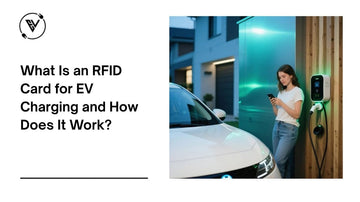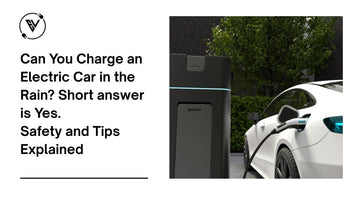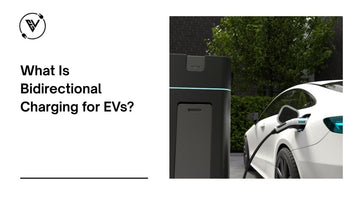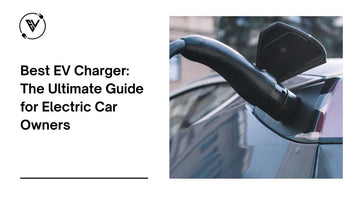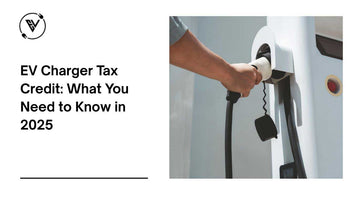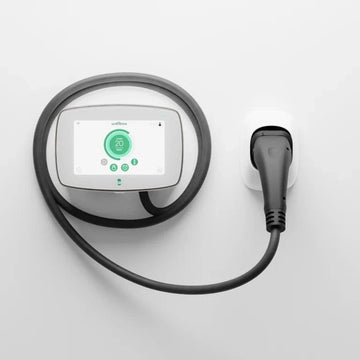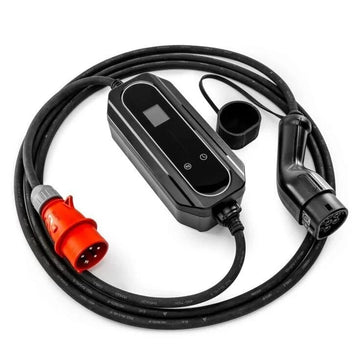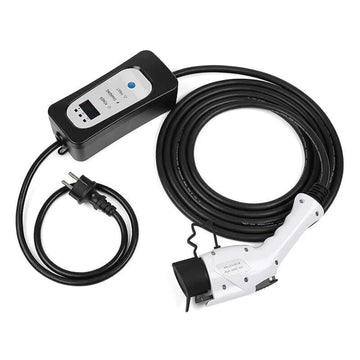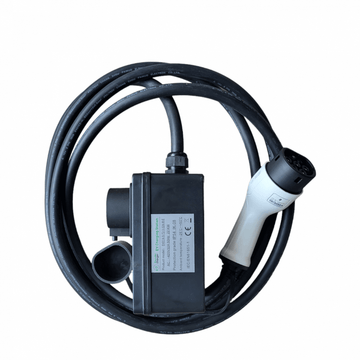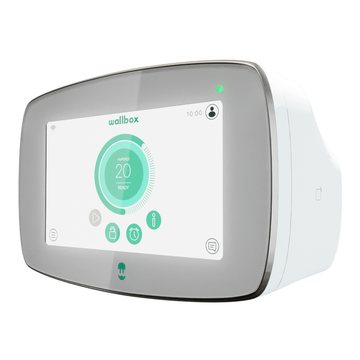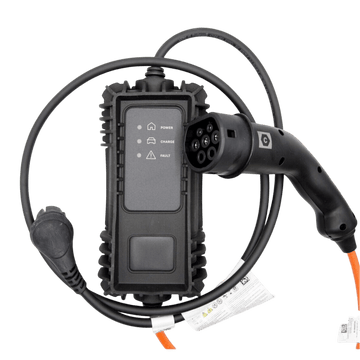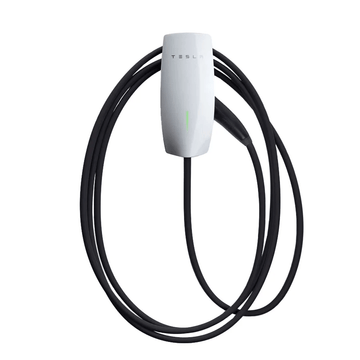An RFID card (short for Radio Frequency Identification card) is a small, contactless card that uses radio signals to communicate with a reader. These cards are used in many areas like building access, library checkouts, and, importantly, EV charging. When you hold or tap the card near a compatible RFID reader, it identifies you and triggers a response, like starting a charging session at an EV charging station.
RFID cards are an essential part of the EV charging experience. They allow electric vehicle drivers to simply tap and start charging without using apps or credit cards. This article explains how RFID technology works, what types of cards exist, how to get one, and how secure they are. It also covers multiple applications of RFID cards, especially within charging networks in the UK and beyond.

What is an RFID Card and How Does it Work?
An RFID card works by sending data through radio frequency signals when placed near an RFID reader. Inside the card is a tiny chip with a unique ID number. When you wave the card near a charger, the RFID reader picks up the signal and checks your account with the charging network.
This simple, contactless interaction makes the charging process quicker and smoother. There's no need to swipe a credit card or log into an app - just tap the card and go.

What Types of RFID Cards Are There?
There are several types of RFID cards based on the frequency and range they use:
- Low-frequency (LF): Short-range, slower communication. Not used in EV charging.
- High-frequency (HF): Ideal for EV use. Most charging networks use these.
- Ultra-high-frequency (UHF): Longer range but less secure. More common in logistics.
You can also find RFID tags embedded in key fobs, phone cases, or even wristbands. These contactless cards and devices are increasingly common and designed for convenience.
What Is an RFID Card Used for in EV Charging?
In EV charging, RFID cards are used to:
- Authenticate access to public charging points
- Start and stop charging sessions
- Track usage, cost, and charging history
- Connect with multiple applications like apps or fleet management systems
Charging networks often assign RFID cards to users. These cards can be used at EV charging stations in locations across the UK and Europe. Many drivers prefer this method because of its speed, ease, and security.
How to Get an RFID Card for EV Charging
You may be wondering, how do I get an RFID card for electric car charging? Here’s how:
- Choose a charging network, like BP Pulse, Shell Recharge, or Octopus Electroverse.
- Sign up on their website or app and register your electric vehicle.
- Request an RFID card to be mailed to your home.
- Once received, activate it by following the instructions provided.
- Keep the card in your wallet or car for quick access.
Some cards are free, others require a small fee. You can also opt for RFID cards that work across different networks, allowing you to access a wider public network of chargers.
Best RFID Contactless Cards for EV Charging
Choosing the best RFID card depends on how and where you drive:
- BP Pulse: Great for frequent drivers in the UK with access to a wide public charging network.
- Octopus Electroverse: Offers one card compatible with many European charging stations.
- Shell Recharge: Good integration with the Shell app and useful for local and highway charging.
Each offers a simple tap method for quick starts, secure connections, and compatibility with charging points across the country.
How Secure and Private Are RFID Cards?
RFID cards for EVs are generally secure but basic. They don’t contain personal information themselves. Instead, they send a code that connects to your account on the provider’s secure system.
Still, treat your RFID card like a credit card. If lost, someone else could use it to start a charge on your account. Most networks allow you to deactivate or block a lost card through their app or website.
Do I Need an App in Addition to an RFID Card?
You don’t always need an app, but having one helps to:
- See nearby EV charging stations
- View charger status and price
- Track your charging session
- Set preferences and payment methods
- Get notifications about charging speed, power, or errors
Apps are useful when planning longer trips or finding public charging points in busy areas.
Can RFID Cards Store Personal Information?
Most RFID cards used for EVs do not store personal data. They usually carry only a unique ID number. All sensitive info, like name, payment method, and address is stored on the provider’s secure servers.
So, if someone scans your card, they only get a useless ID string without access to your real data.
What Are the Benefits of Charging Points with an RFID Card?

RFID cards make EV charging easier, faster, and more reliable:
- Quick access to charging points with just a tap
- Works without internet or phone signal
- Reduces the need for entering details at each charger
- Safer than carrying cash
- Better control over costs, usage, and charging history
- Often offers discounted prices compared to pay-as-you-go
If you're managing a fleet or multiple drivers, RFID cards simplify tracking and reporting.
Recommended Charging Equipment for RFID Card Users
If you're using an RFID card for EV charging, you'll want reliable equipment to go with it. Here’s a list of top accessories and systems to make your experience better:
- Charging cables – ideal for all EV types
- EV home chargers – for charging at home overnight
- 22kW home chargers – for ultra-fast home charging
- Type 1 charging cables – perfect for older or Japanese EVs
- EV wall chargers – space-saving wall-mounted options
- Tesla charging cables – made for Tesla models
- Type 1 to Type 2 adapter – convert between plug types
- Type 2 charging cable – for most modern European EVs
- Type 1 to Type 2 charging cables – versatile solution for mixed fleets
If you're just getting started, be sure to read the full guides on how to install EV charger at home and EV charger installation cost so you know what to expect.

